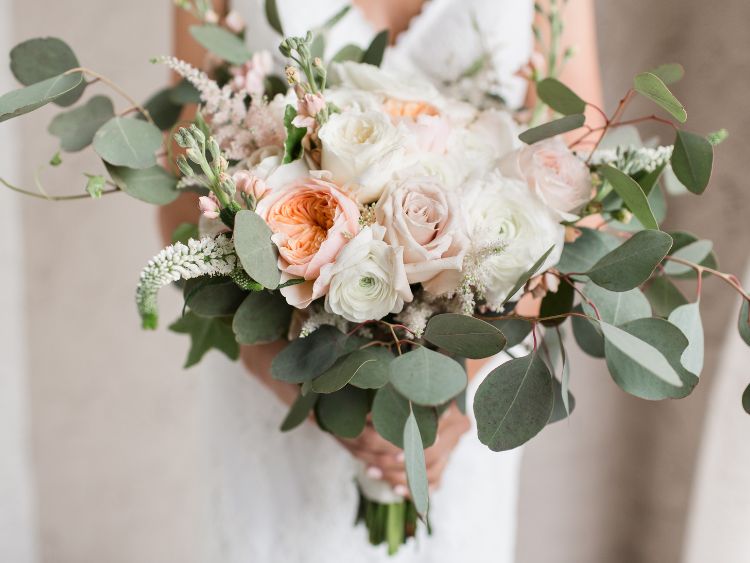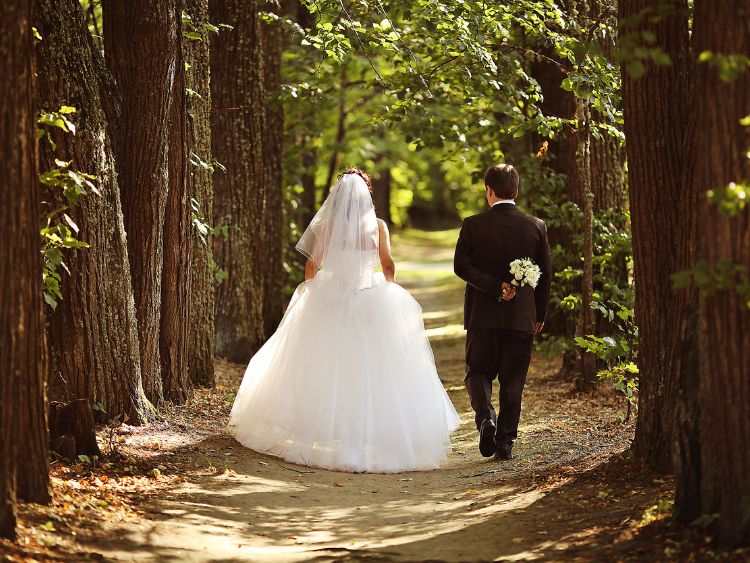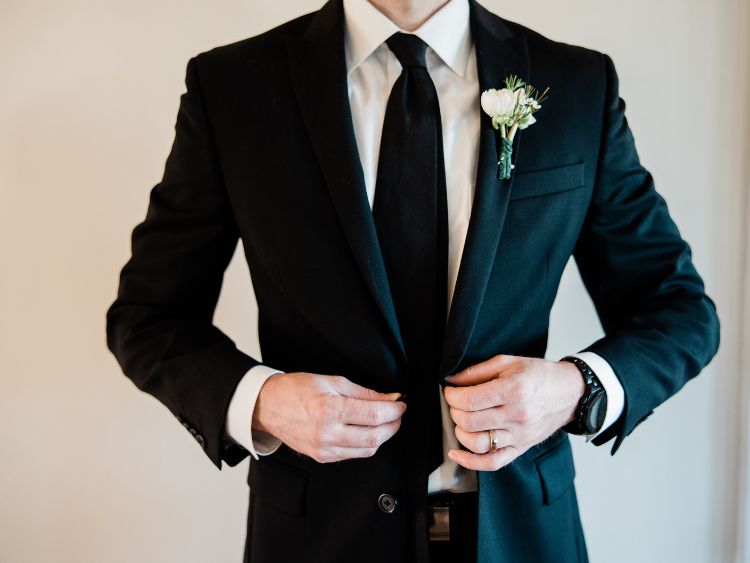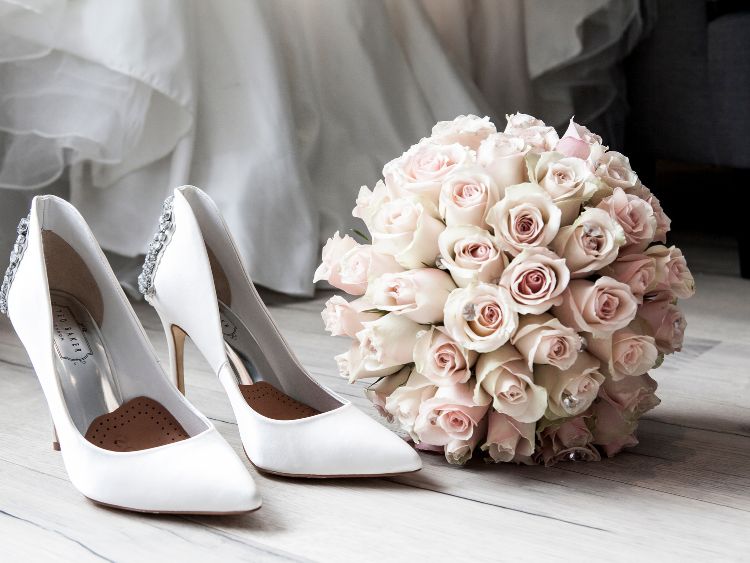Understanding the Formal Dress Code: A Comprehensive Guide
When you hear the term “formal dress code,” what comes to mind? Maybe it’s a sleek tuxedo or an elegant evening gown. Formal dress codes have long been associated with sophistication, class, and a certain level of decorum. But what does it truly mean to dress formally? How do you ensure that you’re always on point with your attire? Whether you’re preparing for a high-profile event, a job interview, or a fancy dinner party, understanding the nuances of a formal dress code is crucial. Let’s dive into the intricacies of formal dressing and decode the mystery behind it.
The Essence of a Formal Dress Code
Formal dress codes are all about tradition, etiquette, and presenting oneself in the best possible light. Unlike casual or semi-formal dress codes, formal attire demands a higher level of attention to detail. It’s not just about looking good; it’s about adhering to societal norms and expectations. In most cases, a formal dress code signifies respect for the occasion and the people involved.
Key Elements of Formal Attire
- Tuxedos and Suits: For men, formal attire typically means a tuxedo or a well-tailored suit. A black tuxedo, paired with a crisp white shirt, a bow tie, and polished shoes, is the epitome of formal dressing. If you’re opting for a suit, make sure it’s dark-colored (black, navy, or charcoal) and well-fitted.
- Evening Gowns and Dresses: Women have a broader spectrum when it comes to formal attire. A floor-length evening gown is often the go-to choice for black-tie events. However, a knee-length cocktail dress can also be appropriate, depending on the formality of the event. The key is to choose something elegant, understated, and complementary to the occasion.
- Accessories: Accessories can make or break a formal outfit. For men, this includes cufflinks, a sleek watch, and a pocket square. For women, think along the lines of delicate jewelry, an elegant clutch, and a pair of sophisticated heels. Remember, less is more—over-accessorizing can detract from the overall elegance of your outfit.
- Shoes: Footwear is a critical aspect of formal dressing. Men should opt for polished leather shoes, preferably black or dark brown. Women, on the other hand, can choose between stilettos, pumps, or elegant flats, depending on comfort and style preferences.
- Grooming: No formal outfit is complete without proper grooming. Men should ensure their hair is neatly styled, facial hair is well-trimmed, and nails are clean. Women should focus on subtle makeup, a polished hairstyle, and neatly manicured nails.
Navigating Different Formal Dress Codes
Understanding that “formal” isn’t a one-size-fits-all term is essential. Various levels of formality exist, each with its own set of expectations. Let’s break down some common formal dress codes:
Black Tie
Black tie is perhaps the most recognized formal dress code. Typically associated with evening events, black tie requires men to wear a tuxedo with a black bow tie, while women should opt for a long evening gown. Black tie events are the epitome of elegance and sophistication, so your attire should reflect that.
For Men: A black tuxedo, white dress shirt, black bow tie, and black patent leather shoes. Add a cummerbund or waistcoat for an extra touch of class.
For Women: A floor-length gown or an elegant cocktail dress paired with subtle jewelry and sophisticated heels.
White Tie
White tie is the most formal of all dress codes and is often reserved for very special occasions, such as state dinners or royal events. The rules here are strict, and there’s little room for interpretation.
For Men: A black tailcoat with matching trousers, a white wing-collared shirt, a white bow tie, and white gloves. Patent leather shoes complete the look.
For Women: A full-length evening gown, preferably in a classic color like black, navy, or deep red. Long gloves and statement jewelry are also appropriate.
Business Formal
Business formal is often required in professional settings, such as board meetings, conferences, or interviews. While less rigid than black or white tie, business formal still demands a high level of professionalism.
For Men: A dark-colored suit, dress shirt, tie, and polished dress shoes. Accessories should be minimal and conservative.
For Women: A tailored pantsuit or skirt suit, blouse, and closed-toe heels. A structured handbag and minimal jewelry are ideal.
Cocktail Attire
Cocktail attire is a step down from black tie, offering a bit more flexibility while still maintaining a formal appearance. It’s common for evening social events, like weddings or parties.
For Men: A dark suit with a dress shirt and tie. Loafers or brogues are acceptable footwear options.
For Women: A cocktail dress, usually knee-length, with dressy heels. Statement jewelry can add a touch of flair to the outfit.
FAQs About Formal Dress Code
1. What is the difference between black tie and white tie?
Black tie is slightly less formal than white tie. Black tie events typically require a tuxedo for men and an evening gown for women. White tie, on the other hand, is the most formal dress code, requiring a tailcoat for men and a full-length gown with gloves for women.
2. Can I wear a short dress to a black-tie event?
While long evening gowns are traditionally preferred for black-tie events, a knee-length cocktail dress can be appropriate if it’s elegant and sophisticated. However, always consider the formality of the event before opting for a shorter dress.
3. Are there any color restrictions for formal attire?
While black and white are the most traditional colors for formal attire, other dark, muted colors like navy, charcoal, and deep red are also acceptable. Avoid overly bright or flashy colors unless the event’s dress code allows it.
4. What should I avoid wearing to a formal event?
Avoid anything too casual, like jeans, sneakers, or overly revealing clothing. Stick to classic, timeless pieces that align with the formality of the event.
5. Can I wear a business suit to a formal evening event?
A business suit is more appropriate for business formal dress codes, not for evening events requiring black or white tie. For a formal evening event, opt for a tuxedo or a dark suit with a dress shirt and tie.
Tips for Perfecting Your Formal Dress Code
- Fit is Key: No matter how expensive or stylish your outfit is, if it doesn’t fit well, it won’t look good. Make sure your clothing is tailored to your body shape.
- Stick to Classics: Formal events are not the time to experiment with bold fashion trends. Stick to classic, timeless pieces that exude elegance and sophistication.
- Mind the Details: Pay attention to the small details, like the polish on your shoes, the neatness of your hair, and the subtlety of your accessories. These details can make a significant difference in your overall appearance.
- Plan Ahead: Don’t leave your outfit planning to the last minute. Ensure you have everything you need well in advance, including any alterations or accessory purchases.
- Comfort Matters: While it’s important to look your best, comfort shouldn’t be overlooked. Choose outfits and shoes that you can move in and wear for extended periods.
Summary
Understanding and adhering to a formal dress code is about more than just following rules—it’s about respecting the occasion and the people around you. Whether you’re attending a black-tie gala, a business meeting, or a cocktail party, knowing the nuances of formal attire will help you dress appropriately and with confidence. Remember, the key to mastering formal dress codes is in the details, so pay attention to fit, accessories, and grooming. By following these guidelines, you’ll ensure that you not only meet the dress code but also leave a lasting impression.
Authoritative Links
- https://www.gentlemansgazette.com/formal-dress-code-guide/
- https://www.thetrendspotter.net/formal-attire-dress-code/
- https://www.esquire.com/style/mens-fashion/a14083004/black-tie-attire-guide/
- https://www.harpersbazaar.com/fashion/trends/g5887/what-is-formal-attire/
- https://www.brides.com/formal-attire-for-wedding-guests-5084904
This article provides a comprehensive guide to understanding and mastering the formal dress code. By following the tips and suggestions outlined above, you can confidently navigate any formal event and ensure that your attire is both appropriate and stylish.



